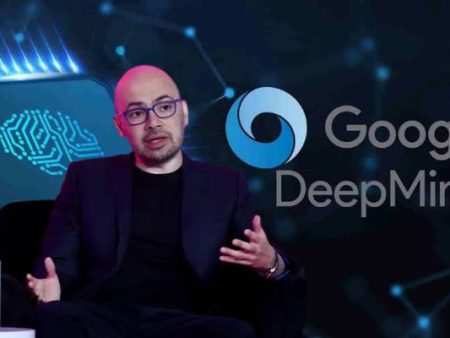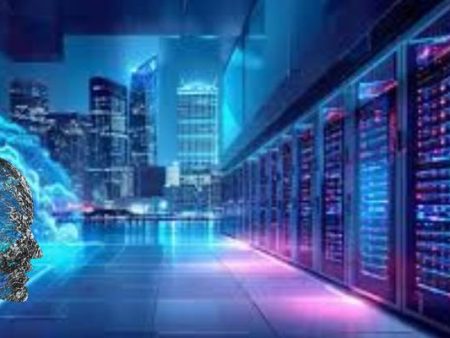Hedge funds are doubling down on artificial intelligence — and this time, it’s not just hype.
Recent market data shows that fund managers have ramped up their positions in AI-related technology to their highest levels since 2016, with semiconductor and hardware stocks leading the charge.
The surge, according to Goldman Sachs, marks a shift away from traditional software plays and toward the physical backbone of the AI boom, as seen in recent market filings highlighting the trend.
It’s a fascinating move. For years, funds parked their cash in the “Magnificent Seven” — the big U.S. tech names that dominated market sentiment.
But now, the action’s in the guts of the machine: chipmakers, data-center builders, and AI infrastructure suppliers.
Some portfolio managers are even calling this the “hardware renaissance”, reviving strategies that echo the early dot-com days, when smart investors quietly accumulated components instead of consumer-facing brands.
That same playbook seems to be coming back, and you can feel the déjà vu in the air as traders pile into these cyclical corners of tech — a pattern already visible in renewed interest in chip-sector exposure.
Still, the question nags: is this just another speculative sugar rush? Hedge fund allocations to AI hardware are soaring, but so are valuations.
Some analysts whisper that we might be flirting with a bubble, while others argue that AI’s global infrastructure needs justify the frenzy.
The performance gap between AI-linked firms and the rest of the market seems to back that up — companies directly tied to the technology’s supply chain are now outpacing their peers, according to recent research discussed in economic performance analyses tied to AI exposure.
Anecdotally, the smartest money’s going global. Funds are quietly pouring capital into Asian semiconductor firms and data-center infrastructure projects, diversifying beyond U.S. names as supply-chain dynamics shift.
Reports suggest inflows into non-Chinese Asian tech names have hit multi-year highs, confirming that this isn’t just a Silicon Valley story anymore — it’s a global reallocation of capital fueled by AI’s insatiable need for compute power, as seen in coverage of hedge-fund flows across Asian tech markets.
Now, here’s where I get personal. I think this move says less about FOMO and more about a philosophical shift on Wall Street.
The past decade was dominated by software-first investing — the belief that code, not chips, drove value.
But with AI workloads ballooning and demand for physical compute skyrocketing, it feels like investors have finally realized that data needs muscle.
The most telling sign? Managers like Cliff Asness — yes, the quant legend who once mocked “AI hype” — have since admitted to fully embracing machine-learning-driven strategiel.
You can see similar shifts in performance data, too.
Funds such as Monolith Capital have reported returns north of 50% this year, thanks largely to positions in AI-related infrastructure and data-center assets, proving that this isn’t just noise — it’s serious alpha generation, as reflected in reports detailing AI-driven hedge-fund gains.
Meanwhile, some newer players are crowding into AppLovin, the ad-tech firm turned AI darling, which has quietly become the latest “hedge-fund hotel” — a term that’s resurfacing in coverage of high-concentration positions among top managers.
But here’s the paradox — everyone claims they’re being “rational,” yet the herd is sprinting in the same direction.
It’s the same old story: momentum builds, valuations stretch, and the market forgets that gravity still exists.
Then again, if you believe that AI truly is the electricity of the 21st century, maybe this rush isn’t madness — maybe it’s inevitability.
Personally, I find it thrilling. Markets are messy, emotional beasts.
Watching them rediscover old lessons — that hardware matters, that cycles repeat, that hype and opportunity can coexist — is part of what makes this business addictive.
Hedge funds are betting that AI is here to stay. Whether they’re right or about to relive 2000 all over again… well, that’s the million-dollar question.


